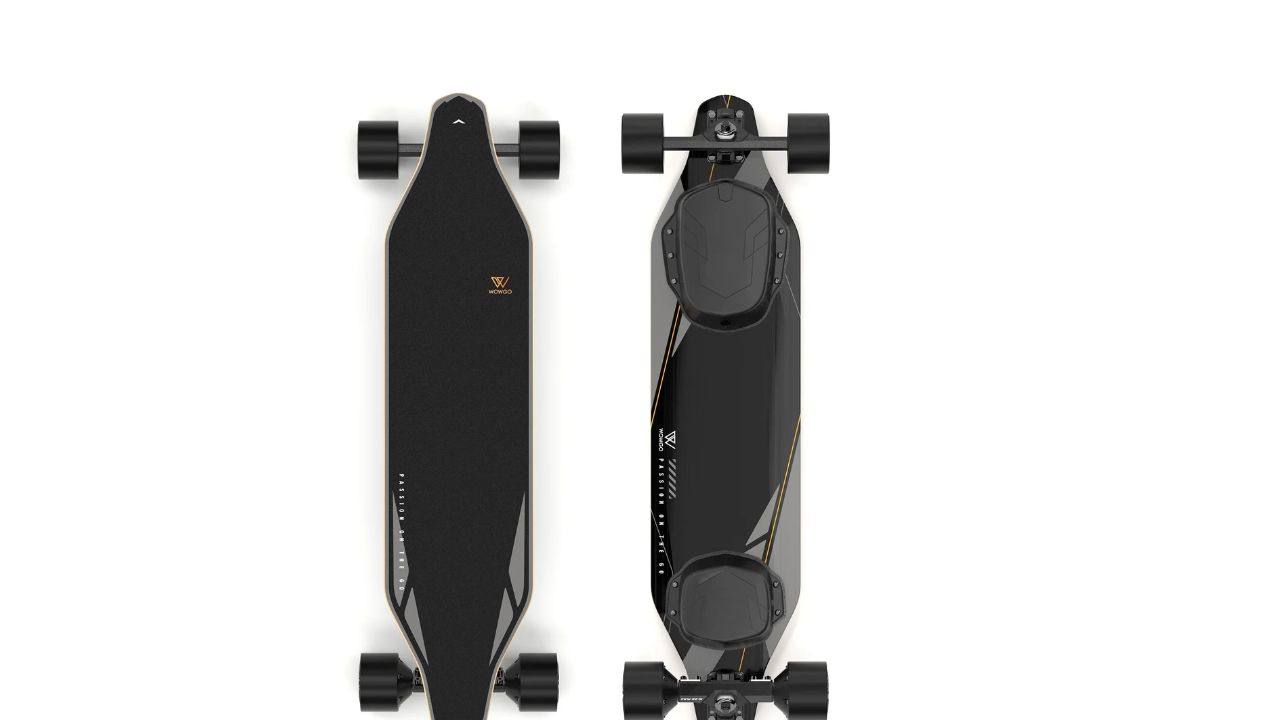Depending on several variables, such as the model, battery size, rider weight, riding style, terrain, and speed, an electric skateboard's range on a single charge can vary greatly. The typical range of an Electric skateboard is between 10 and 20 miles (16 and 32 kilometers).
Nevertheless, some premium models with bigger battery packs are capable of reaching ranges of thirty miles (or forty-eight kilometers) or more. To obtain a more accurate understanding of the anticipated range of their particular Electric Skateboards, riders should refer to the specifications and user manuals.
It's crucial to remember that while manufacturers frequently offer predicted range estimates, actual performance may differ. While lighter riders on flat ground can reach maximum or even larger ranges, heavier riders, riders traveling at higher speeds, and riders in steep terrain may suffer reduced ranges.
Are Electric Skateboards Legal On Public Roads And Sidewalks?
Depending on the location, electric skateboards are either permitted or illegal on sidewalks and public roadways. Electric skateboards may be permitted on bike lanes or sidewalks in certain places since they are regarded as personal electric mobility equipment.
They might, however, be classified as motor vehicles in some jurisdictions, and sidewalk use might be prohibited. Riders must learn about and abide by local laws, such as those about safety gear requirements and speed limits, and use caution and good manners when sharing public areas with pedestrians and other vehicles.
The legality of electric skateboards on sidewalks and public highways is a complicated issue that varies by location. It differs depending on the jurisdiction, and regulations are subject to change.
Local Regulations:
Municipal, state, and federal laws, which might differ greatly, are the main authorities that control the legality of electric skateboards. It's important to confirm the exact laws in your region. In certain regions, electric skateboards are accepted and classified as "personal electric mobility devices," whereas in others, they are regarded as motor vehicles or are subject to particular regulations.
Classification:
The legal classification of electric skateboards has a big influence on how people utilize them. They may be viewed as motorized vehicles in some places or as something in between, comparable to classic skateboards or bicycles. Where they can be ridden and the regulations that apply are determined by this categorization.
Roads vs. Sidewalks:
Different regulations apply to the use of electric skateboards on roads rather than sidewalks. They are allowed to walk on sidewalks in some areas but not in others. They might be bound by speed restrictions and other rules when driving.
Speed Restrictions:
Electric skateboards are subject to various local speed restrictions. To stay out of trouble with the law, riders need to be aware of these boundaries and abide by them.
Private Property:
Electric skateboards may be permitted on private property even in locations where they are prohibited on sidewalks and public highways. In addition, they might be allowed to be used at specific skate parks.
Changing Laws:
As electric skateboards gain popularity, laws on them are changing. Regulations are being updated in some areas to take into account the rise of personal electric vehicles.
Local Enforcement:
Different rules may be enforced locally. While some places may have more lax legislation on electric skateboards, others might not.
Final Words
Electric skateboards are subject to local laws and classifications, making their legality on public highways and sidewalks a complicated and location-specific issue. Riders must be well aware of local regulations, which may categorize electric skateboards as motor vehicles, personal electric mobility devices, or other classifications.


